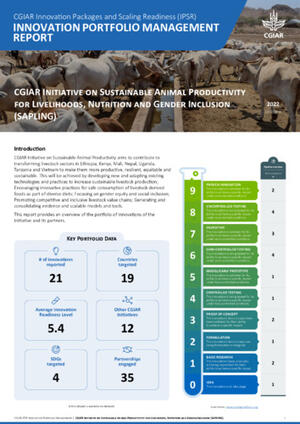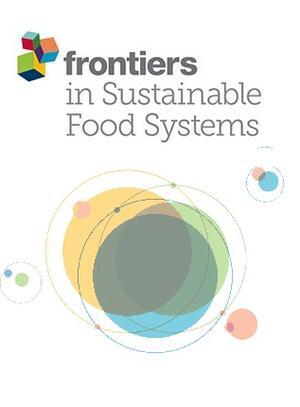
Mycoflora and mycotoxins in finished fish feed and feed ingredients from smallholder farms in East Africa
Abstract
A total of 52 samples of finished fish feeds and ingredients were collected from smallholder farmers in Kenya, Tanzania, Rwanda and Uganda, and analyzed. Culture and molecular techniques were used to identify fungal isolates from the feedstock, and mycotoxin profiles were determined using liquid chromatography–tandem mass spectrometry. The most prevalent fungal species recovered in the samples was Asperigillus flavus (54.5%). Other fungal species recovered from the samples were Aspergillus tamarii (9.1%), Mucorvelutinosus (9%), Phoma sp. (6.1%), Aspergillus niger (6%), Eurotium rubrum (3%) and Penicillium chrysogenum (3%). Fourteen mycotoxins were identified: aflatoxins B1, B2, G1and G2, fumonisin B1 and B3, deoxynivalenol (DON) and acetyldeoxynivalenol (sum of 3-ADONand 15-ADON), ochratoxin A, roquefortine C, alternariol, T-2 toxin, and nivalenol. DON (92.9%), aflatoxins (64.3%) and fumonisins (57.1%) were the most prevalent within locally manufactured feeds, while no contamination was found in imported feed. Samples from Kenya were the most contaminated with aflatoxin (maximum 806.9 μg·kg−1). The high levels of aflatoxin and trichothecene type A and B contamination found in this study point to potential risks to fish performance and to the health of consumers of the fish and derived products.
Citation
Marijani, E., Wainaina, J.M., Charo-Karisa, H., Nzayisenga, L., Munguti, J., Gnonlonfin, G.J.B., Kigadye, E. and Okoth, S. 2017. Mycoflora and mycotoxins in finished fish feed and feed ingredients from smallholder farms in East Africa. Egyptian Journal of Aquatic Research 43(2):169-176.









